Journalism

Quotes and Credibility: How Storytelling Approache...
Given the diminishing trust in U.S. news media, especially among political conservatives, the Center for Media Engagement set out to examine whether certain storytelling approaches affect people’s perceptions of credibility and bias. Read More

Can Solidarity Reporting Boost News Story Credibil...
Examining whether covering social justice issues using a solidarity reporting approach increases perceptions of news story credibility. Read More
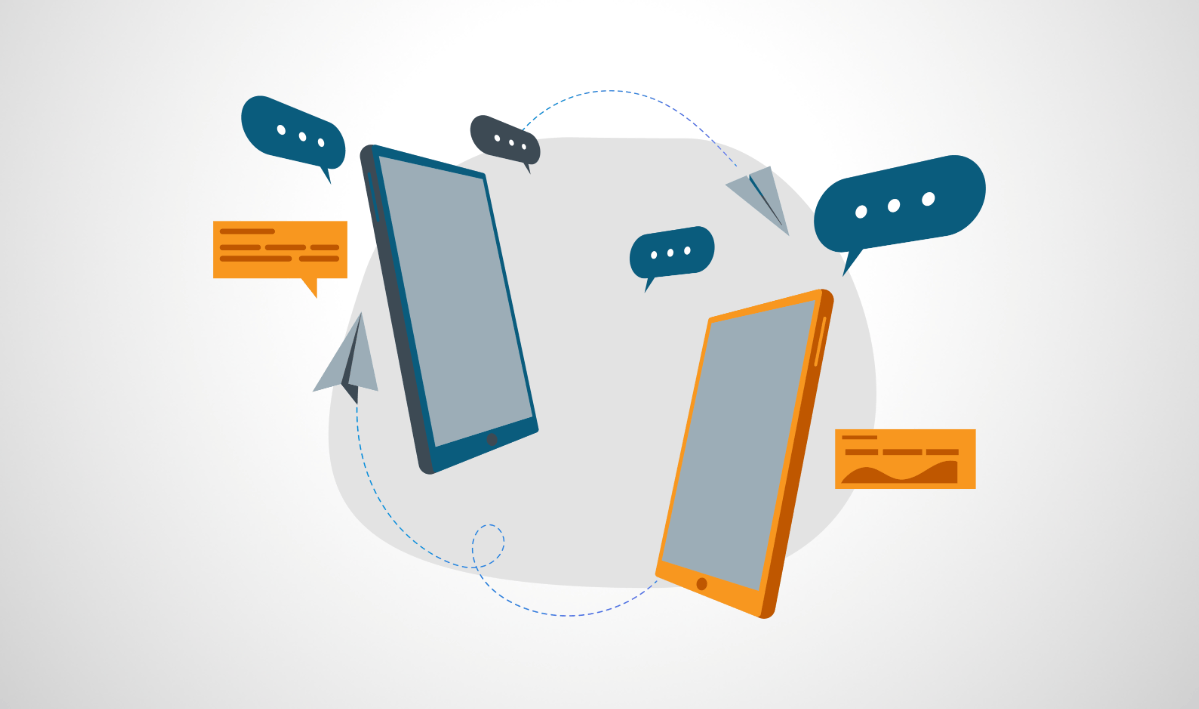
Bridging Divides on Social Media: A New Approach D...
Examining a novel approach to identifying “connective language” that brings people together on social media. Read More

Navigating Election Prep in Battleground Areas: Ne...
As Election Day approaches, how are newsrooms tasked with covering contentious races handling the pressure? 10 editors at newsrooms in battleground districts or states to learn more about the opportunities and challenges they face. Read More

How News Audiences Respond to Journalist Race and ...
Exploring how different racial and ethnic groups respond to bylines from journalists who share their race or ethnicity. Read More

Fact-Checking Approaches in Broadcast News
The Center for Media Engagement set out to test two approaches in broadcast news: a more traditional just-the-facts style that lays out the corrections and a more empathetic style that walks viewers through the discovery of why the misperception is wrong. Read More
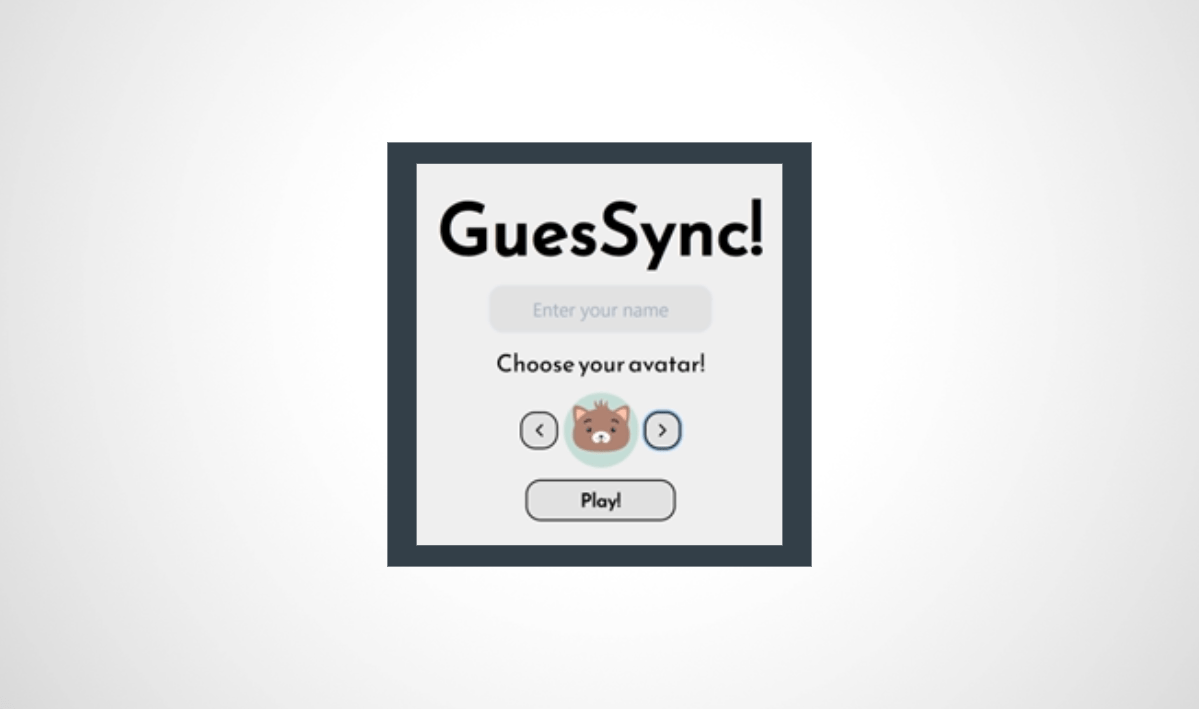
A Simple Online Game Can Help Bridge Political Div...
New research that examines whether an online guessing game that includes questions about political issues can help address people’s misperceptions about the other side. Read More

Migration Narratives in Chicago Media
An examination of how Chicago news outlets covered migration reveals questions news organizations might want to consider when examining their migration coverage. Read More
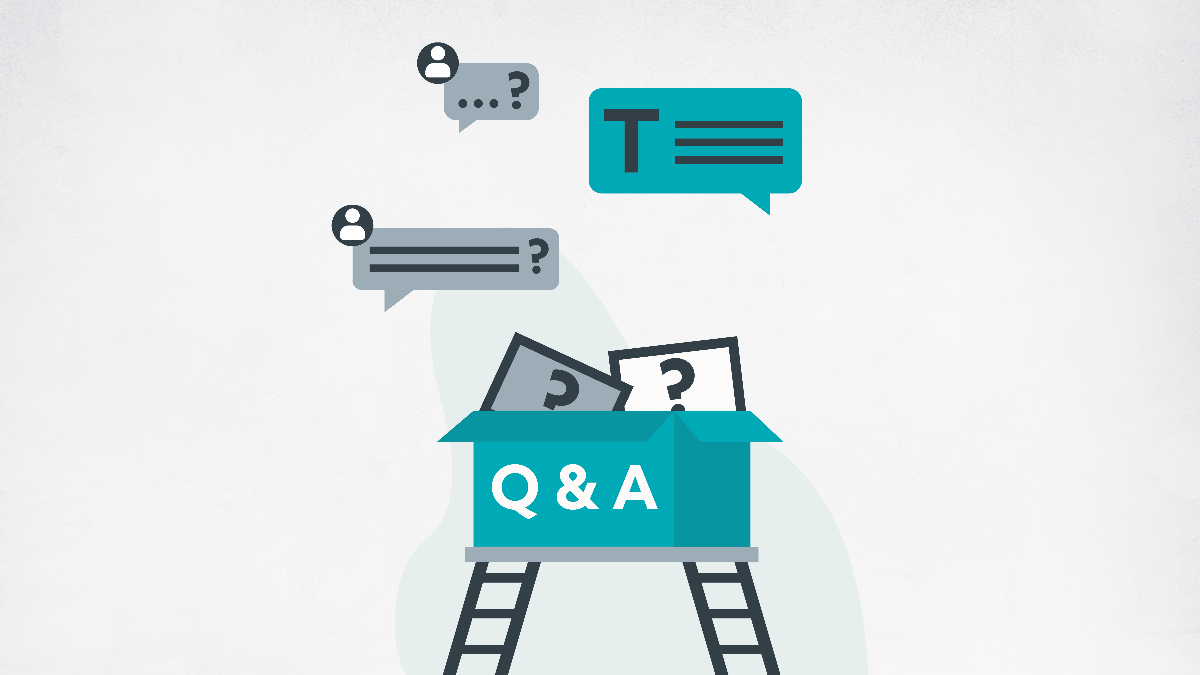
Curbing the Decline of Local News Through Engaged ...
Practicing engaged journalism, where newsrooms build relationships with their audience by responding to community concerns, can offer a lifeline. Read More
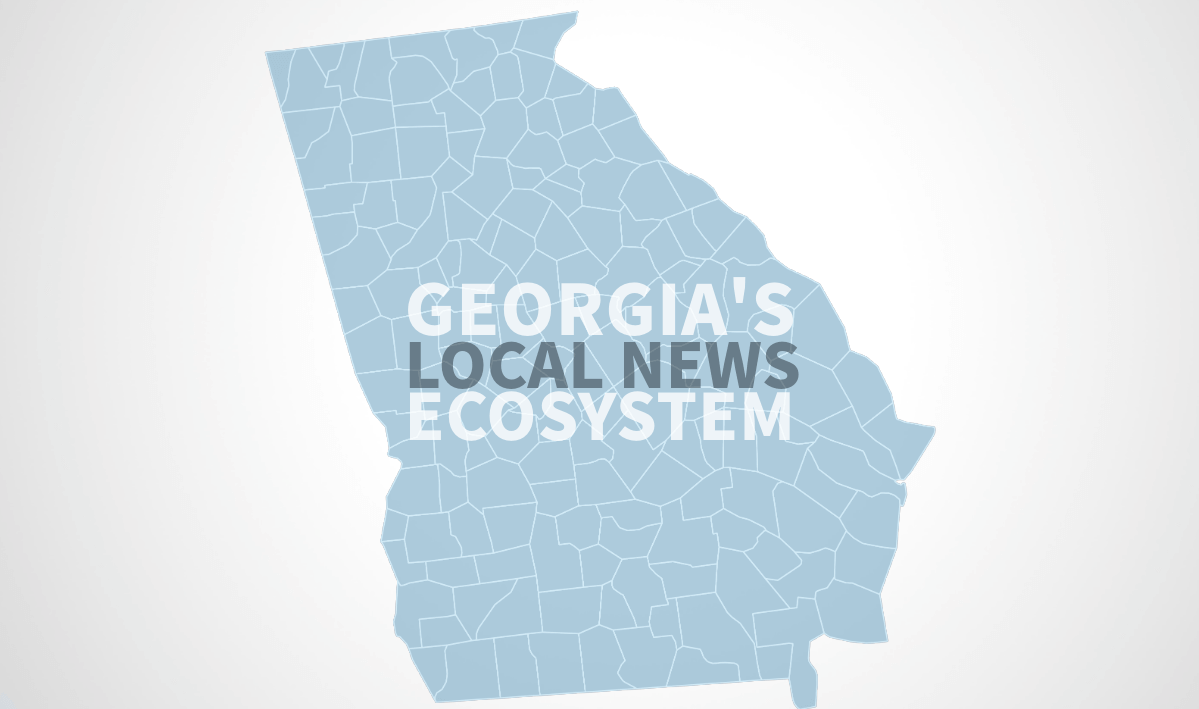
Georgia’s Local News Ecosystem
This report provides an overview of media coverage in the state of Georgia. Read More

Do Democrats and Republicans Live in Different Wor...
A look at whether political partisanship is predictive of people's beliefs in true and false claims. Read More

How Multiple-Choice Quizzes Can Help Fact-Checkers
How online multiple-choice quizzes present an opportunity to encourage readers to engage with fact-checking content and to help them learn. Read More

The News Philadelphians Use: Analyzing the Local M...
Understanding the needs of local news audiences is essential for a healthy media ecosystem. And before newsrooms can take steps toward meeting these needs, it’s crucial that they understand how people interact with local news, what issues they find important, and what communities feel underrepresented. Read More

Even in “News Deserts” People Still Ge...
The Center for Media Engagement talked to people living in areas defined as news deserts to find out where they’re getting local information – and if it’s helping them stay informed. Read More

Using the Phrase “Fake News” Hurts Trust in Your J...
How three commonly used phrases for false content - fake news, false news, and misinformation - affect public perceptions of journalists and news media. Read More
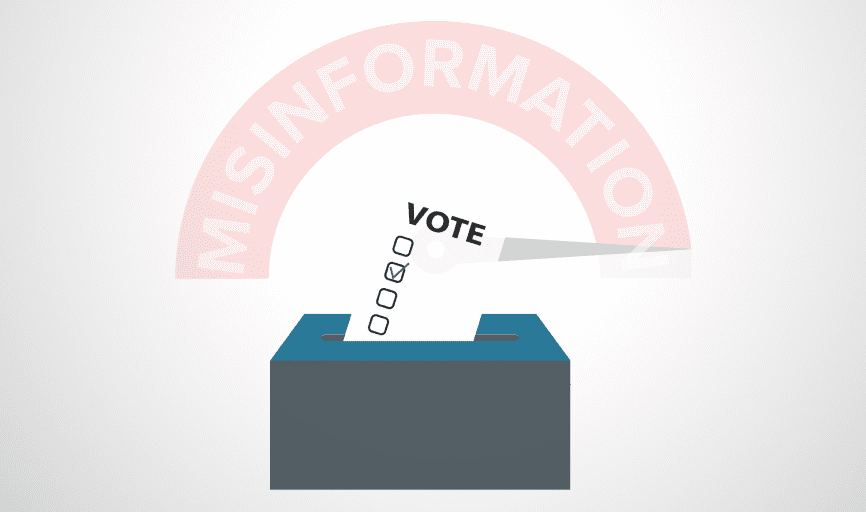
How Newsrooms Can Combat Election Misinformation
As the 2022 midterm elections approach, newsrooms play an important role in warning audiences about misinformation. We held a symposium to help news leaders in battleground states learn how to detect & deal with false information. Read More

Person-Centered Terms Encourage Stigmatized Groups...
The Center for Media Engagement partnered with Resolve Philly to explore a small, yet impactful, way that journalists can connect with misrepresented or stigmatized audiences: using person-centered language, as opposed to stereotypical labels, to describe communities in news articles. Read More
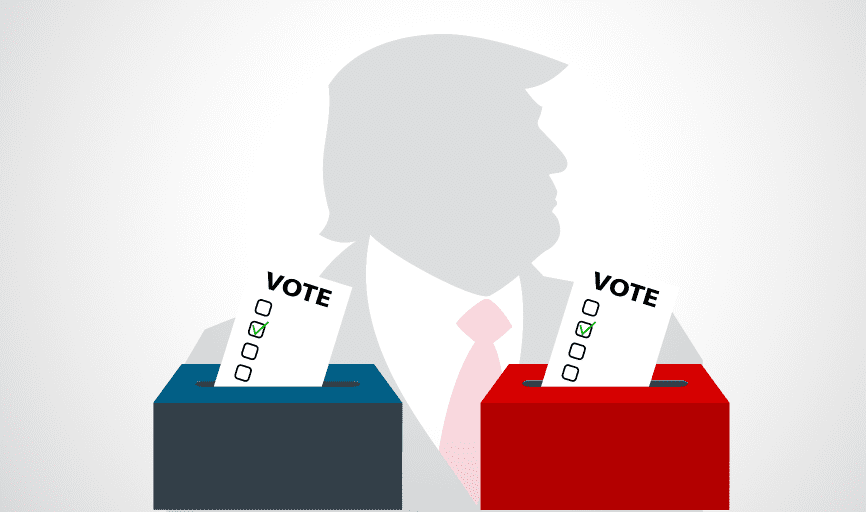
Understanding Election Fraud Beliefs: Interviews ...
The Center for Media Engagement interviewed 56 people who believed that Donald Trump most likely won the 2020 presidential election to talk about their political outlooks, how they constructed their picture of what happened in the election, and what sources they trusted to tell them the truth. Read More

Bridging Political Divides with Facebook Memes
Previous research by the Center for Media Engagement found that a sense of common humanity – where people recognize that their own failings are common human experiences – can help bring people together. Now we examine whether this feeling can be fostered with something as simple as a meme. Read More

Advertiser Spending on Primetime News Throughout t...
Throughout the coronavirus pandemic, television news served as a crucial source of information for the public. But our past research showed that coverage of the virus was politicized in ways that seemed to put profit and partisanship above public health, particularly on Fox News and MSNBC. Now our research turns to the advertisers that support this programming. Read More

A Better Way to Tell Protest Stories
Protest coverage often casts protesters and their causes in a negative light, particularly when covering underrepresented groups. To help journalists frame stories in ways that do not harm these groups, the Center for Media Engagement examined two story areas of particular concern. Read More

How Partisanship Affects Fact-Checking on Facebook
Stopping the spread of misinformation on Facebook is a difficult proposition. One of the reasons it is so difficult, particularly in the United States, is high levels of political polarization. Center for Media Engagement research shows that Democrats and Republicans are susceptible to believing misinformation about candidates from the opposing party and that Democrats and Republicans respond differently to fact checks. Read More
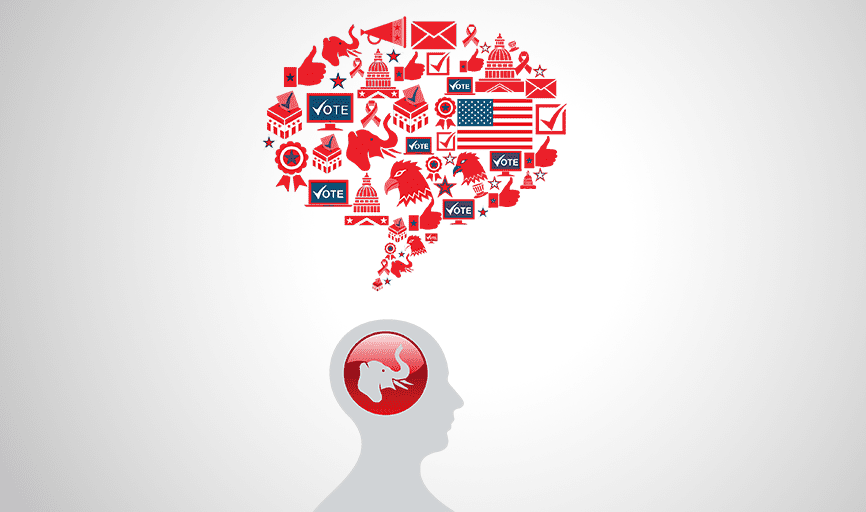
How Local Newsrooms Can Better Connect with Conser...
The Center for Media Engagement partnered with Trusting News and 27 local newsrooms to investigate how news organizations can help bridge the divide between the media and American conservative and right-leaning audiences. Read More

How to Connect with Disinvested Local News Audienc...
The Center for Media Engagement partnered with the Dallas Free Press to explore how Dallas residents perceive local media and how they think that media can better serve their communities. Read More

How the Public Views Deletion of Offensive Comment...
The Center for Media Engagement teamed up with researchers in three countries to examine how the public perceives comment deletion and the moderators who do it. Read More

What Americans Know and Don’t Know about Con...
We asked adults about a range of hot-button issues to find out how much the American public knows about contentious political issues. Read More
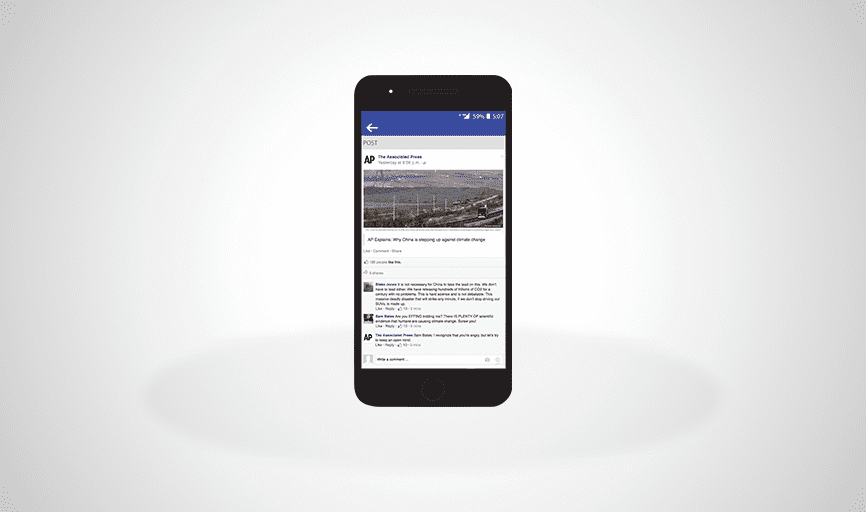
Journalist Engagement in Facebook Comments: Try Ac...
We tested journalist responses to Facebook comments on news stories in order to find out which responses led to more positive perceptions regarding the news outlets and its comment moderation. The messages were tested in the U.S. and Germany to see how well they worked across different cultures. Read More

What Americans Know and Don’t Know about Fac...
The Center for Media Engagement asked American adults to answer questions about how platforms like Facebook and Google operate. The answers we received revealed important gaps in what the American public knows about how these platforms work. Read More

How to Signal Trust in a Google Search
The Center for Media Engagement tested several versions of a Knowledge Panel — a search sidebar that provided information about a news outlet — to see which elements affected trust. Read More
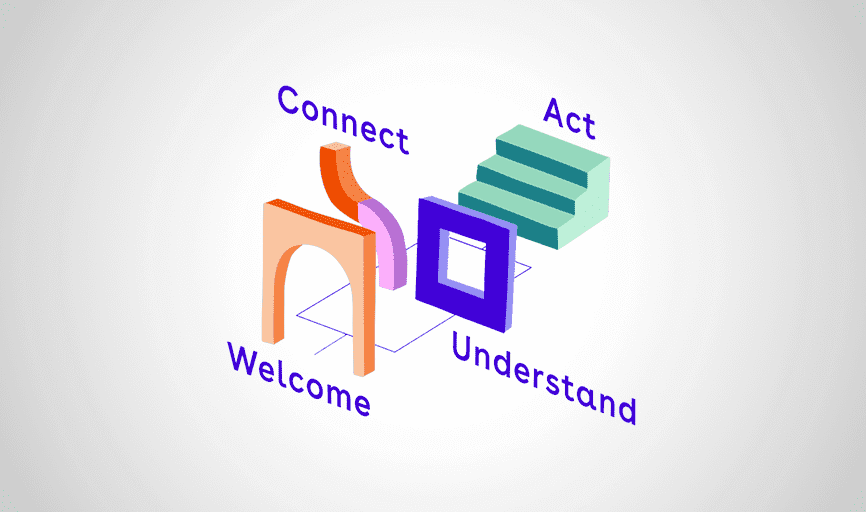
Civic Signals: The Qualities of Flourishing Digita...
Discussions of digital space often focus on eliminating troubling content or improving the user-friendliness of the design. We’re proposing that digital spaces, like the physical spaces we inhabit, should use public-friendly design. Read More

